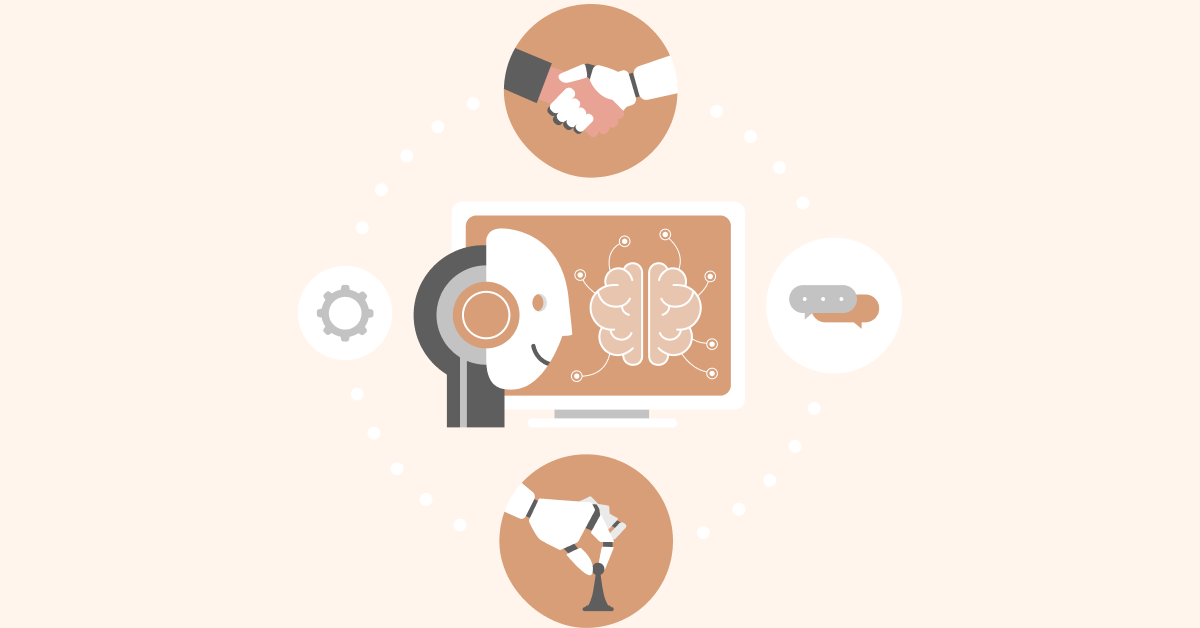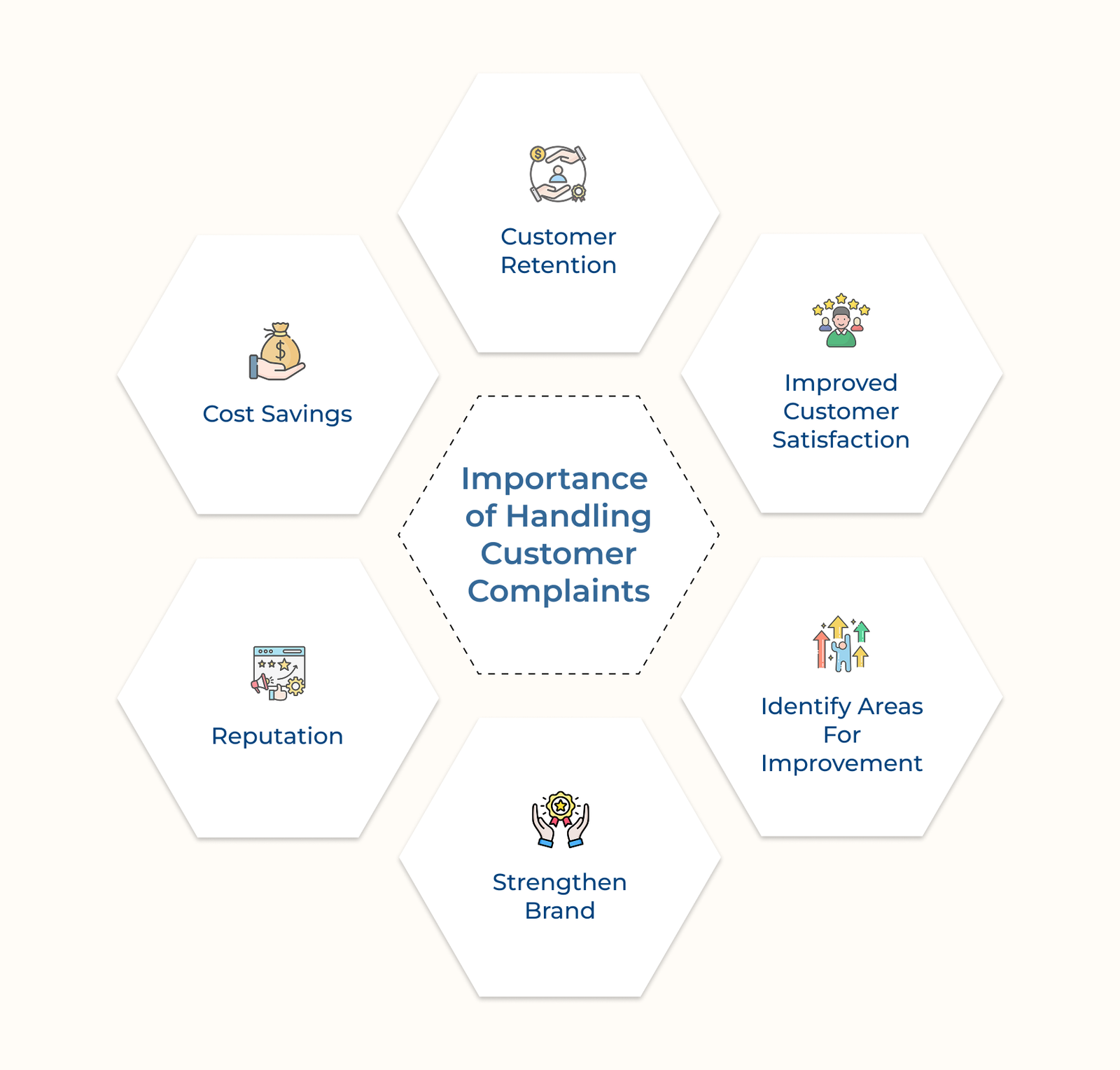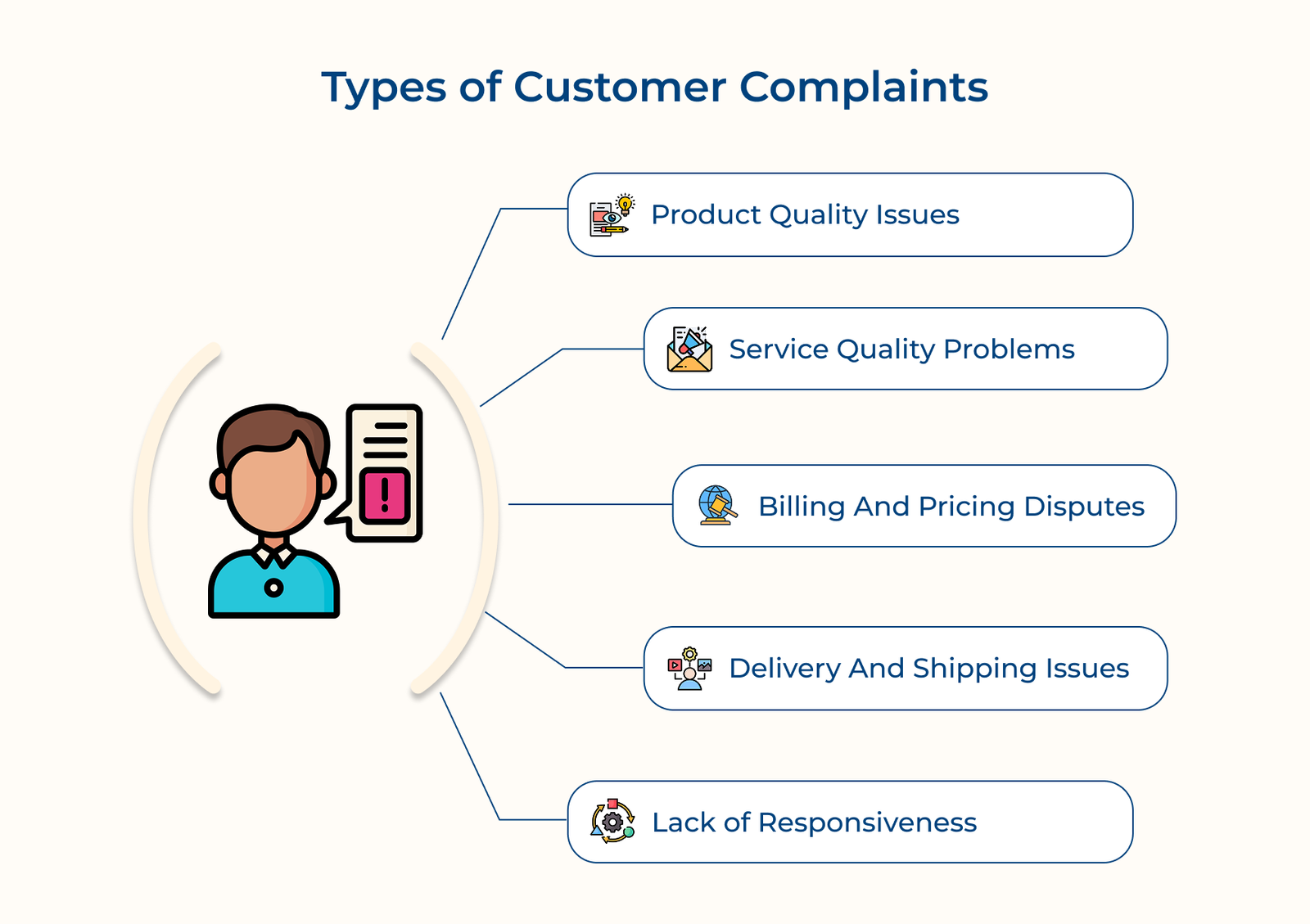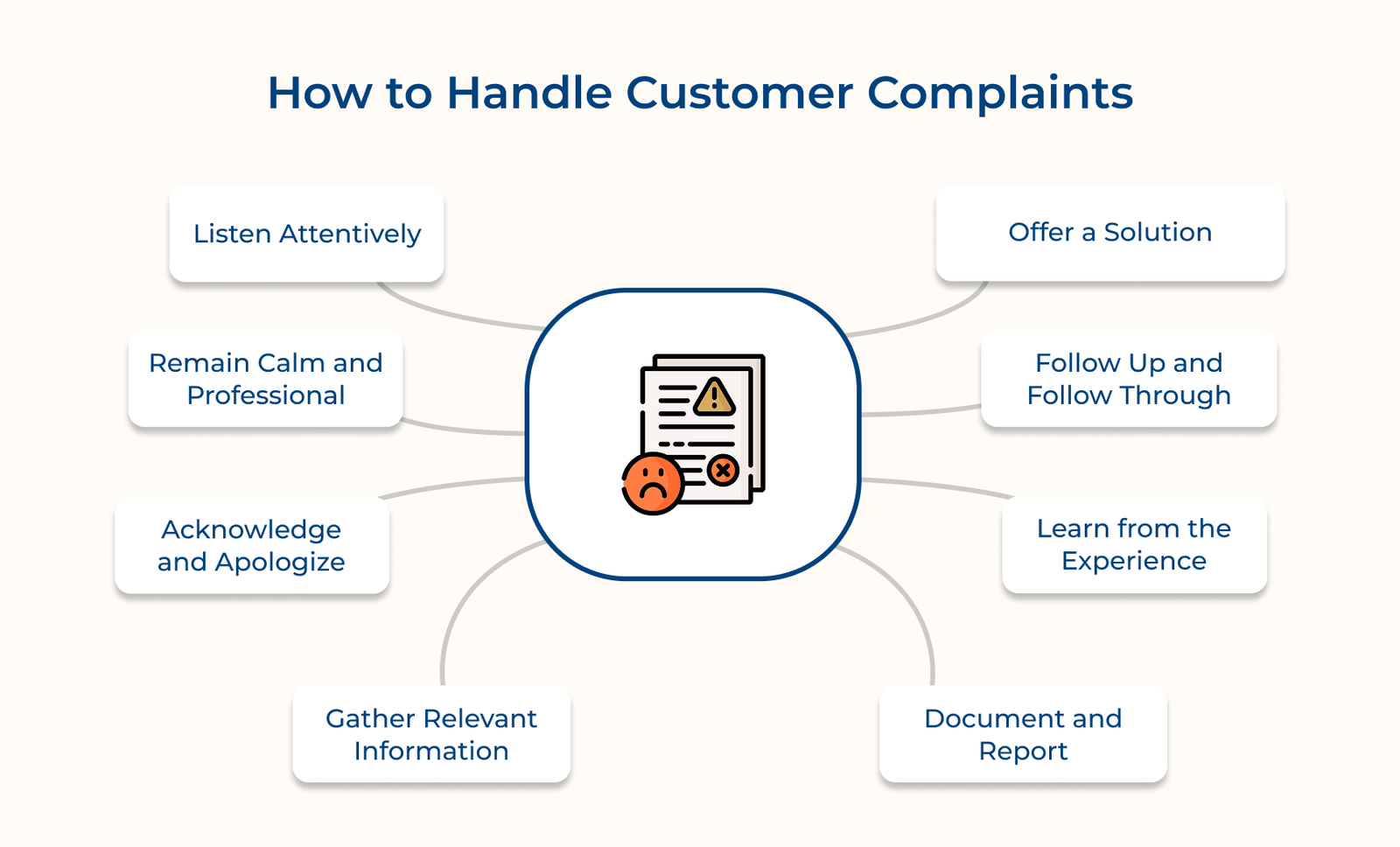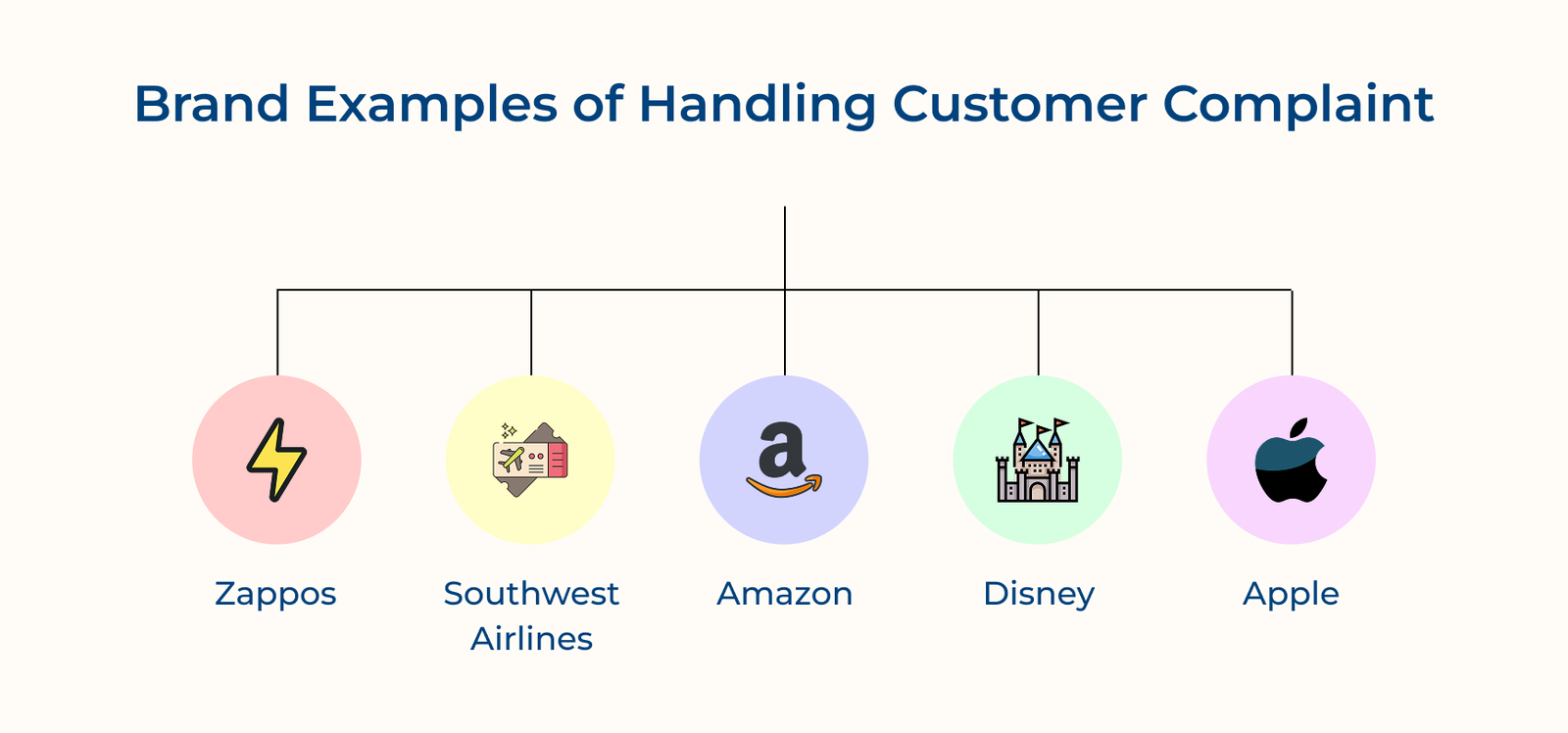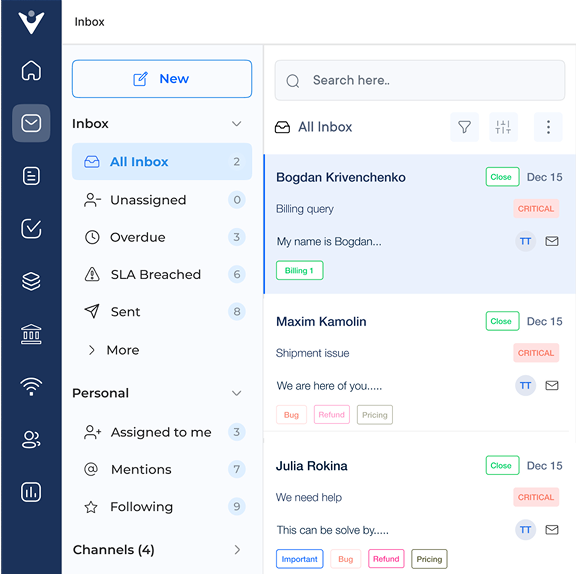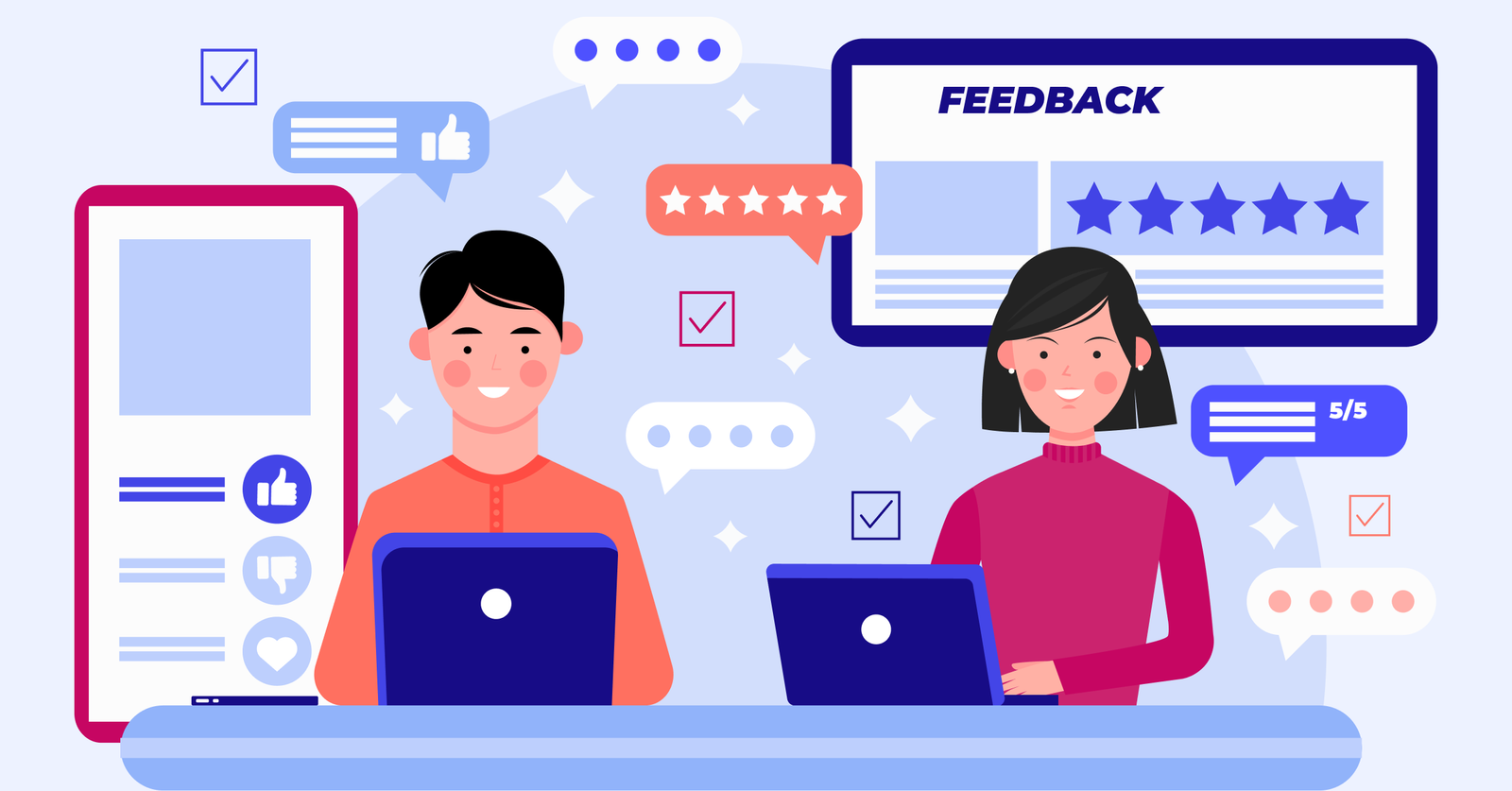1. Listen Attentively
Listening attentively is a fundamental skill for effectively handling customer complaints. When customers voice their concerns, it’s crucial to give them their undivided attention and allow them to fully explain the issue without interruption.
Businesses can better understand their perspective and the root cause of their dissatisfaction by actively listening.
Best practices:
- Maintain eye contact and avoid distractions: Make sure to maintain eye contact with the customer, put away the phone or laptop and eliminate any potential distractions. It could make the customer feel unimportant or disrespected.
- Ask clarifying questions: Once the customer has finished explaining their complaint, ask clarifying questions to ensure you fully understand the issue. The questions demonstrate the commitment to resolving the matter effectively.
- Rephrase and validate their concerns: Summarize the customer’s complaint in your own words to confirm understanding and validate their feelings. It shows that you have been listening attentively and empathizing with their situation.
2. Remain Calm and Professional
Remaining calm and professional is crucial when handling customer complaints. Avoid becoming defensive, as it can escalate the situation and further frustrate the customer.
Always use a polite tone and refrain from taking the complaint personally, as it is often directed at the company or product rather than you as an individual. Let’s assume a customer is upset about a defective product, responding defensively by stating, “Our products are of the highest quality,” is unlikely to resolve the issue. It may even exacerbate the situation.
Best practices:
- Take a deep breath: Before responding, take a moment to collect your thoughts and emotions. The brief pause can help the representative remain composed and prevent an emotional reaction.
- Use empathetic language: Express understanding of the customer’s frustration or disappointment. Phrases like “I understand your concern” or “I apologize for the inconvenience” can go a long way in diffusing tension.
- Focus on problem-solving: Rather than dwelling on the complaint itself, shift the conversation towards finding a resolution. Ask the customer what they would consider a satisfactory outcome and work towards a mutually agreeable solution.
3. Acknowledge and Apologize
When handling customer complaints, it’s essential to acknowledge the issue and sincerely apologize for the inconvenience caused. The simple act can go a long way in diffusing tension and demonstrating empathy towards the customer’s concerns.
Imagine you get customers complaining about a defective product, an appropriate response would be: “I apologize for the frustration the defective product has caused you. We should have delivered a high-quality item that meets our standards.”
How to implement:
- Take ownership: Use phrases like “I’m sorry” or “We apologize” to take responsibility for the issue, even if it wasn’t directly your fault. It shows accountability and a willingness to make things right.
- Validate feelings: Acknowledge the customer’s emotions by validating their concerns. Phrases like “I understand your frustration” or “You have every right to be upset” can help the customer feel heard and respected.
- Avoid excuses: While providing context can be helpful, it’s important not to make excuses or shift blame. Focus on the customer’s experience and how you can resolve the issue rather than justifying the problem.
4. Gather Relevant Information
When resolving customer complaints, gathering relevant information is crucial to understand the situation and find an appropriate resolution fully. The step involves asking clarifying questions, requesting necessary details or documentation and ensuring the representative has all the facts before proceeding.
Let’s assume a customer complains about an incorrect charge on their bill, the agent should ask for specifics such as the date, amount and description of the charge in question. They may also request a copy of the bill or any relevant receipts to investigate the issue thoroughly.
Key benefits:
- Accurate diagnosis: Collecting detailed information can help accurately diagnose the root cause of the issue. It helps in preventing misunderstandings or making assumptions that could lead to an ineffective resolution.
- Tailored solutions: Businesses can tailor their approach to meet their needs more effectively with a clear understanding of the customer’s specific situation.
- Credibility and trust: Customers appreciate when businesses take the time to gather all relevant details before addressing their concerns. It demonstrates professionalism, attention to detail and a genuine commitment to resolving their issues.
5. Offer a Solution
When dealing with customer complaints, it’s crucial to propose a reasonable resolution or compromise. Acknowledge their frustration and offer a solution that addresses their issue fairly. Explain the steps you will take to rectify the situation, such as issuing a refund, replacing a defective product, or providing additional training to the staff.
If the resolution requires time, provide a clear timeline for when the customer can expect the issue to be resolved. Keeping customers informed and setting realistic expectations can go a long way in maintaining their trust.
Key benefits:
- Improved customer satisfaction: Addressing complaints promptly can turn a negative experience into a positive one, enhancing customer loyalty and repeat business.
- Enhanced reputation: Handling complaints professionally and transparently can strengthen the company’s reputation for excellent customer service.
6. Follow Up and Follow Through
After offering a solution, it’s crucial to follow up and follow through to ensure customer satisfaction. Keep the customer informed of the progress throughout the resolution process. Provide regular updates, whether it’s through phone calls, emails, or other communication channels.
Deliver any promised actions or resolutions within the agreed-upon timeline. If delays occur, promptly inform the customer and provide a revised timeline. Failing to follow through on commitments can further aggravate the situation and damage the credibility. Ensure the issue is fully resolved to the customer’s satisfaction. Follow up after the resolution to confirm that the problem has been addressed adequately.
How to implement:
- Establish a customer communication protocol for handling complaints and following up.
- Assign a dedicated customer service representative to each case for consistent communication.
- Implement a customer relationship management (CRM) system to track complaints, resolutions and follow-up actions.
7. Learn from the Experience
While resolving customer complaints is important, it’s equally crucial to learn from the experience to prevent similar issues from recurring. Analyze the root cause of the complaint to identify areas for improvement in the processes, policies, or products/services. Was it a communication breakdown, a defective product, or a gap in the customer service procedures?
Understanding the underlying reasons can help to address the issue at its source. Once the root cause is identified, implement changes to the processes or policies to prevent similar complaints in the future. It may involve updating the training procedures, revising product specifications, or streamlining the customer service protocols.
Best practices:
- Conduct regular customer complaint analysis meetings to identify patterns and root causes.
- Encourage employee feedback and suggestions for process improvements based on their interactions with customers.
- Implement a continuous improvement program that incorporates customer feedback and enhances a culture of adaptation.
8. Document and Report
Maintaining detailed records of customer complaints and how they were resolved is critical for continuous improvement. Accurate documentation allows us to thoroughly analyze feedback, spot patterns and take proactive measures to enhance our processes. It’s equally important to share the valuable data with relevant teams and departments across the organization.
Cross-functional collaboration facilitates an environment of accountability and shared responsibility for delivering exceptional customer experiences. Leveraging complaint data can help identify recurring issues or trends that may point to systemic problems or areas requiring additional training.
Ways to implement:
- Establishing regular cross-departmental meetings to review complaint data and devise actionable improvement plans.
- Designating customer experience champions within each team to advocate for customer-centric initiatives.
Handling Customer Complaints: The Examples
Customer complaints are a common occurrence in businesses, but how a company handles them can make a big difference in loyalty.



